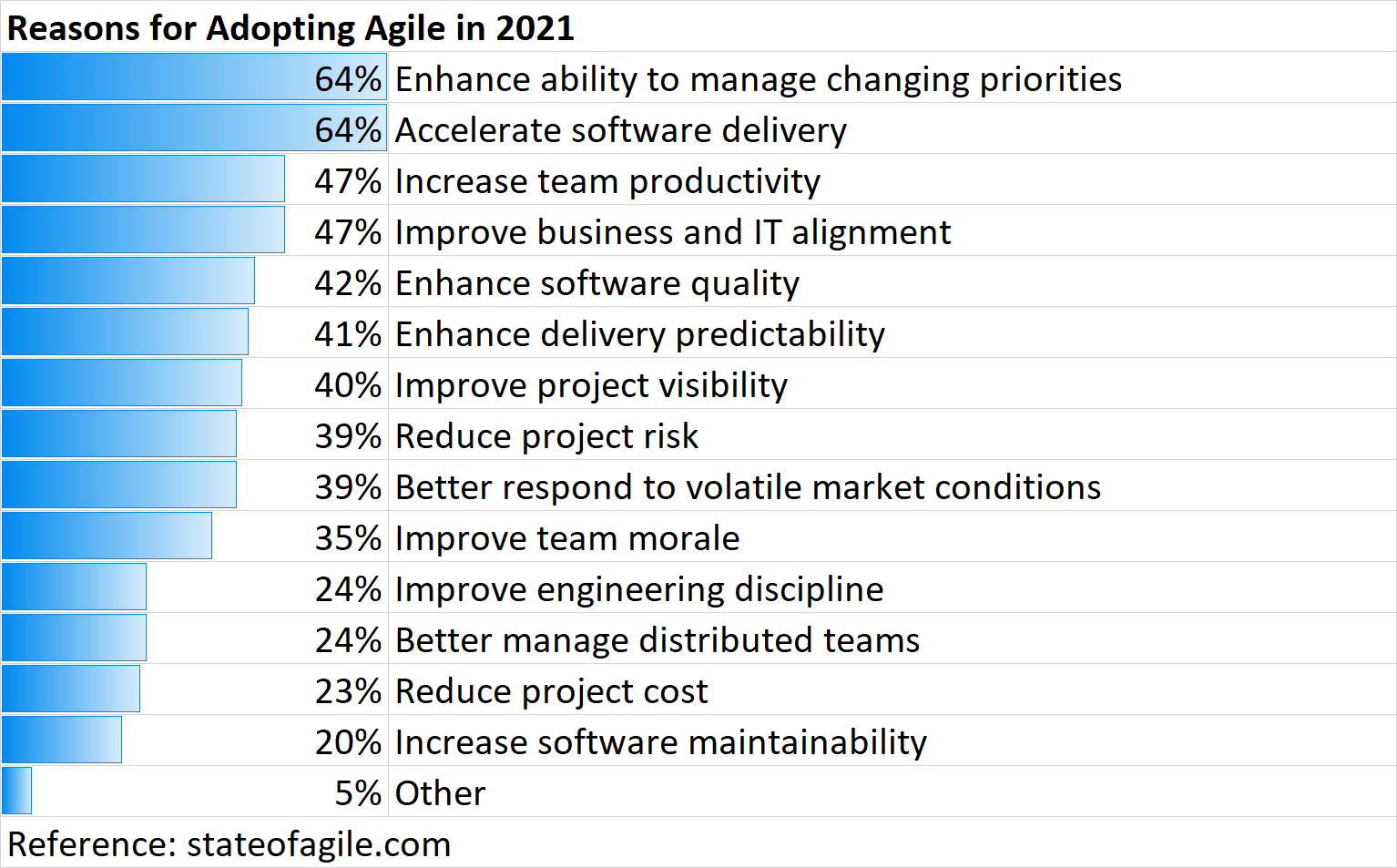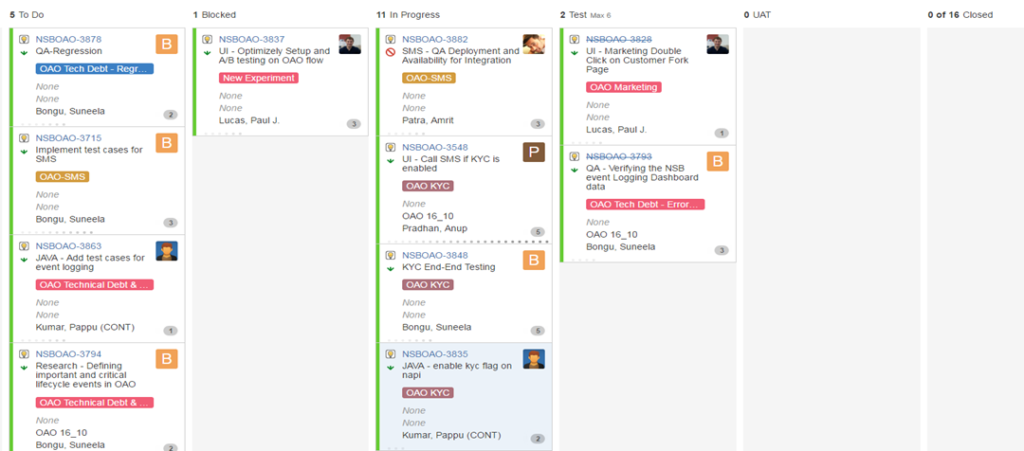
The software development world is a notoriously hectic one with ever-approaching deadlines and ever-changing customer requirements posing a constant challenge to development teams. The ability to manage uncertainty, keep one’s bearings and consistently produce exemplary work is indispensable in such an environment.
Naturally, organizations are continuously on the hunt for methods to streamline what their software teams do and help them do it faster and better. One such important method is by embarking on Agile training.

Ever since the publication of the “Manifesto for Agile Software Development” in 2001, and even for some time before that, implementing Agile methodologies has been an increasingly important way of enabling companies to crank out better-quality software to customers more efficiently.
So what is Agile development, and how should organizations train their teams to adopt it?

What Is Agile Development?
At its essence, Agile is a mindset. As stated in the 12 principles of the “Agile Manifesto,” it is an outlook according to which professionals, teams and the broader organization should strive to be agile and adaptive, embrace change and learn to leverage it to their advantage.
Among the key points of Agile is the idea that having the right people in your development team is of far greater importance than merely having good processes and tools with which to do work. With the right combined set of talents and abilities, a software team can be truly cross-functional and react well to sudden difficulties and changes in customers’ requests.
Beyond this, Agile advocates planning development in a way that is roughly analogous to the process of evolutionary change. Delivery teams are to be largely, if not entirely, autonomous with managers only stepping in to help teams cope with organizational problems that they can’t solve on their own. Teams are to deliver tangible, working software to customers in frequent intervals, measured in weeks or months, to receive feedback from customers and adapt subsequent versions of their programs to that feedback.
Alignment and communication—both internally between team members and externally between team members, customers and clients—is a crucial source of feedback. With this continuous feedback, teams will be able to organize and create business solutions that are best adapted to the clients’ needs.
With this general overview of the Agile methodology out of the way, we can proceed to asking the all-important question: What is Agile training?
An Introduction to Agile Training
Training your development team to adopt the Agile approach entails training them to be especially consumer and end-user-focused. There are a number of different Agile frameworks where ZenAgile can assist in training your teams. We have developed training courses for the following major Agile frameworks and Agile roles.

Agile Foundations and Scrum Training
One of the most widely used Agile frameworks, even extending to projects beyond software development, Scrum is well-organized and easy to understand, but it requires some work to master.
The main principles behind scrum are simple. It is a framework optimized for software teams consisting of 10 members or fewer. Development goals are broken up into units of time called sprints. Sprints are of a fixed length—usually two weeks but never more than four weeks—and are to be repeated as many times as the overall project requires.
During the sprint, there is a daily 15-minute stand-up meeting, called a daily scrum, in which members track their progress toward their sprint goal and adjust their plans according to changing conditions.
At the end of each sprint, the team and stakeholders as appropriate convene to review the working increment of the product that was built during sprint. The intention is to get feedback for ongoing, continuous product improvement. This is followed by a sprint retrospective which allows for continuous process improvement within the team.
These Scrum events culminate to form a closed-loop system that supports the ability to quickly and continuously deliver the highest value to customers while meeting the shifting demands of the marketplace.
Here is a sample outline for our two-day Agile Foundations training. For private organizations, there is the benefit of flexibility of topics and schedule. The training can be delivered over three to four days in an online, on-premise or hybrid format.
Day 1
Agile + Team Foundations
- Introduction
- Overview
- Agile Concepts
- Why Agile?
- Challenges and Benefits
- Customer and value-driven delivery
- Traditional Waterfall SDLC vs. Lean-Agile
- The Agile Manifesto
- Agile Characteristics
- Values and Principles
- Team Foundations
- Being a Group vs. Being a Team
- Team Development and High Performance
- The Importance of Quality Craftmanship
- Defining Done
Day 2
Applying Agile; Lean and Scrum
- The Scrum Framework
- What is Scrum?
- Scrum Values
- Scrum Roles and Responsibilities
- Lean Software Development and Kanban
- Principles of Lean Thinking
- Waste Identification and Removal
- Introduction to Kanban
- Agile Requirements
- The Product Backlog
- Requirements Characteristics
- Writing User Stories
- Estimation and Ordering
- Plans and Roadmaps
Agile Coaching Training
For organizations adopting Agile who seek to get the most out of Agile, an area to consider is training project managers, scrum masters and change leaders in the discipline of Agile Coaches.
The Agile Coach is a catalyst and change agent who works to foster excellence in teams and achieve the organization’s agenda through skills of facilitation, mentoring, coaching and teaching of Agile. They may differ from a traditional Scrum Master role in that they go beyond facilitation and may support multiple teams or operate at the program level and above.
While Agile Coaching can be consider a role in its own right, it can also be seen as a transferable discipline or set of competencies that managers, scrum masters and leaders can employ to help teams and organizations become the very best version of themselves.
To learn more about Agile coaching, refer below. We are accredited to provide certification through the International Consortium of Agile (ICAgile).
Kanban Training
Kanban is what is known as a lean Agile framework. This means that the framework is devoted to eliminating waste and inefficiency in all of its forms without sacrificing productivity. Kanban also strives to give all team members a representation of each project’s progress and likely trackers via a visual aid called a Kanban board.
All projects are tackled according to a “pull” management system, meaning that self-organization in the team is paramount. A manager will propose a problem and then allow the team to propose, discuss and refine solutions rather than imposing them from the top down.

Scaled Agile Framework (SAFe) Training
SAFe is another Lean-Agile framework that is primarily concerned with scaling. It seeks to make long-term and large-scale projects viable by first taking a big-picture view of the entire enterprise and then breaking work up into small, identically timed units. It also decentralizes decision-making and gives teams autonomy.
How does Agile Training work?
ZenAgile provides training and education in the mindset and applications of Agile. Instructor-led courses can be given both publicly and privately, and they can be conducted both in-person and remotely.
Remotely administered courses have an advantage of convenience since they don’t require team members to travel. With years of successful remote course delivery and experimentation, we currently offer cutting-edge, highly immersive, designed learning experiences that closely rival in-person training environments.
Training courses include a whole range of techniques and approaches to stimulate and engage all team members so that they may master and retain as much necessary information as possible. Thus, we offer lectures, exercises and assignments for team members as well as discussion modules in which team members are encouraged to talk about a problem and work it out among themselves.
Because we believe in practicing what we preach, one of our teaching methods is known as Training From the Back of the Room (TBR). Here, instruction is decentralized, and students are granted autonomy. They are encouraged to show initiative and lead classroom discussions. This principle, of course, is a crucial part of Agile software development itself. The idea is that as students learn about Agile via Training From the Back of the Room, they will already be acting according to Agile’s very principles.
Our courses do vary in both style and content. This way, your organization may choose the courses that are best suited to your educational requirements and to the nature of the team that needs to be taught.
Is Agile Training Right for Your Company?
Agile is designed to break large and complex projects into manageable pieces of usable value and provide software teams with continuous feedback throughout their work. As such, it is best to have your teams trained in Agile if your organization will be tackling large, complex, multilayered software projects. If you anticipate uncertainty and frequently shifting conditions for your software team, then giving them training in Agile is doubly important.
Teams that we’ve worked with have come to experience great success in terms of productivity, quality and customer satisfaction which offers a strong justification for the investment.
In Summary
When your software team receives training in Agile methodologies, team members will embark on a rewarding journey that pays dividends. Though learning may present challenges, by the end, teams will be able to not only craft better software that is more precisely attuned to the needs and desires of your customers, but they will also be able to do so more quickly and with greater cohesion and synergy.
To take advantage of our many Agile training courses including private offerings, contact us today.
Upcoming Classes
| Course Dates | Course Name | Location | Cost | Register |
|---|---|---|---|---|
| We currently offer a variety of Agile training courses including our most popular Agile Foundations and Agile Coaching Professional courses. Please contact us to inquire. Please email [email protected] to inquire about upcoming classes or for private training. |




